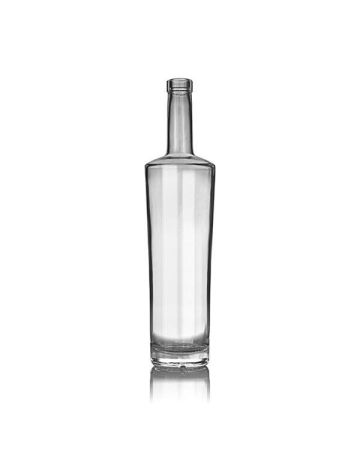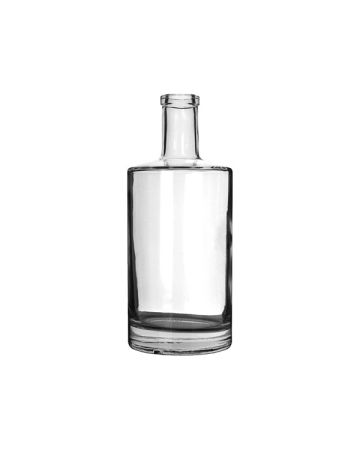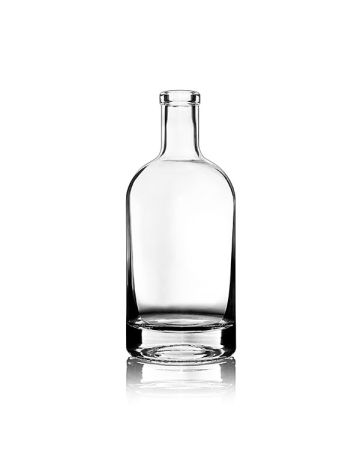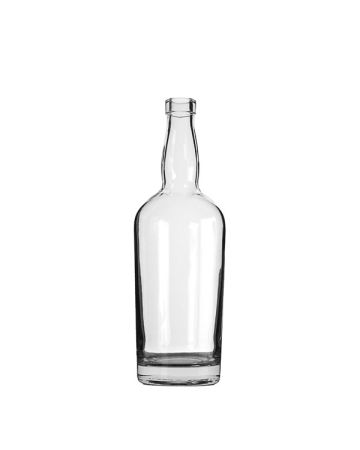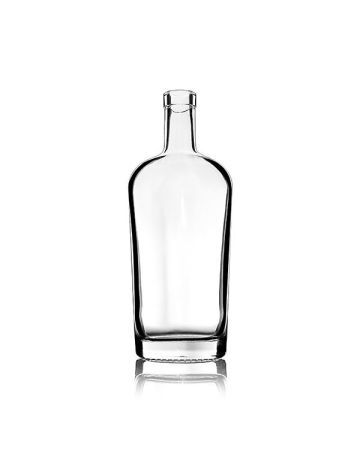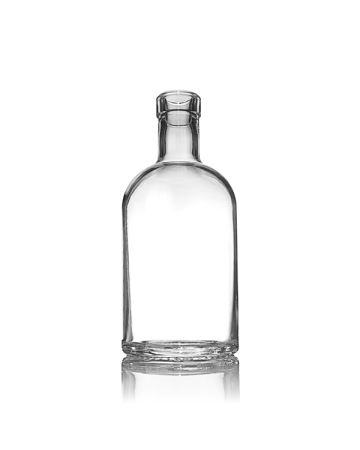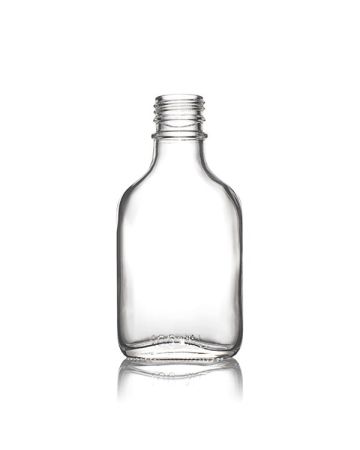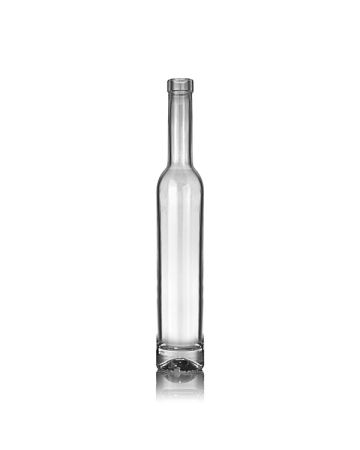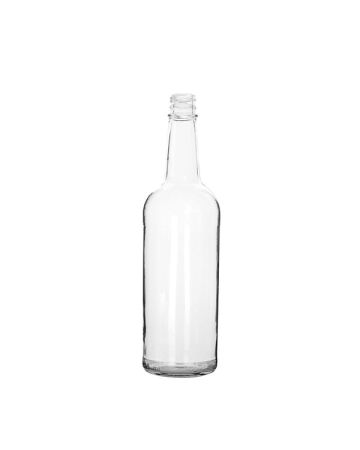Guide to Liquor Bottle Sizes: From Nips to Magnums

This comprehensive guide delves into the world of liquor bottle sizes, exploring everything from the most common options to the more unique formats. We’ll equip you with the knowledge to make informed decisions, whether you’re a distiller crafting your signature spirit or a consumer seeking the perfect bottle for your next gathering.
Choosing a Liquor Bottle Size
Liquor bottle sizes go far beyond just aesthetics. From budget to shelf space, tradition to preservation, the size and shape of a liquor bottle matters. This guide to liquor bottle sizes will help retailers cater to different customer preferences, and distillers choose a size that complements your brand image and target market. If you’re a consumer, come benefit from knowing which liquor bottle size offers the best value.
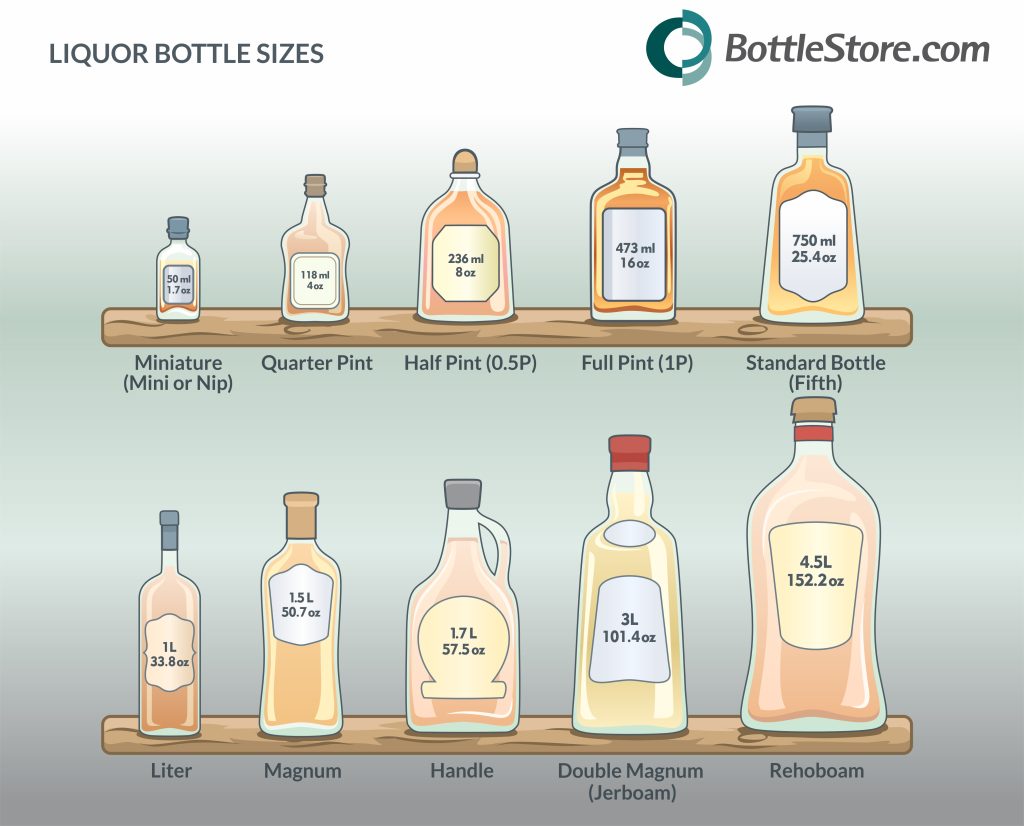
Standard Liquor Bottle Sizes
The liquor industry has established a set of standard bottle sizes that cater to a wide range of needs. These sizes are typically denoted in milliliters (ml) or fluid ounces (fl oz).
Here’s a breakdown of the most common liquor bottle sizes:
- Miniature (50 ml / 1.7 fl oz): Also known as “nips,” these tiny bottles are perfect for single servings, sample packs, or airplane travel (remember duty-free restrictions!).
- Split (200 ml / 6.8 fl oz): Ideal for trying a new spirit or enjoying a single, generous serving.
- Pint (375 ml / 12.7 fl oz): A good middle-ground option, often chosen for budget-conscious consumers or those wanting a smaller quantity of a spirit they use less frequently.
- Fifth (750 ml / 25.4 fl oz): The undisputed king of liquor bottle sizes, the fifth represents roughly one-fifth of a gallon and is the most popular format for most spirits.
- Liter (1 L / 33.8 fl oz): Offering a larger volume than the fifth, liters are cost-effective for frequent drinkers or for use in bars and restaurants.
- Handle (1.75 L / 59.2 fl oz): Also known as a half-gallon, this size is ideal for large gatherings or establishments with high liquor consumption.
Beyond the Standards: Exploring Less Common Bottle Sizes
While the standard sizes reign supreme, there’s a fascinating world of less common liquor bottle sizes that cater to specific needs and add a touch of exclusivity:
- Third nip (37.5 ml / 1.25 fl oz): Smaller than a standard nip, these are perfect for micro-cocktails or samplers.
- Quarter pint (187 ml / 6.3 fl oz): An uncommon size, sometimes found with specialty liqueurs or limited-edition releases.
- Magnum (1.5 L / 50.7 fl oz): Holding twice the amount of a fifth, magnums are ideal for special occasions or collectors.
- Jeroboam (3 L / 101.4 fl oz): An impressive size, often seen with high-end spirits and collectors’ items.
- Double Magnum (6 L / 202.8 fl oz): A truly show-stopping format, reserved for prestigious spirits and momentous occasions.
How to Choose the Best Liquor Bottle Size: A Multifaceted Decision
With a multitude of liquor bottle sizes available, selecting the right one requires considering several factors:
- Target Market: Distillers must understand their target audience. Are they budget-conscious consumers seeking smaller bottles, or high-end connoisseurs drawn to magnums?
- Spirit Type: Certain spirits, like high-end whiskeys or limited-edition bourbons, might benefit from being offered in magnums to add a sense of prestige. Conversely, budget-friendly vodkas might be more successful in smaller sizes.
- Consumption Habits: Consider how your target audience typically consumes the spirit. Do they enjoy cocktails requiring a base spirit, or do they sip it neat? If cocktails are the primary use, a fifth or liter might be ideal. For neat consumption, a smaller size might suffice.
- Shelf Space: Retailers have limited shelf space. Stocking a variety of sizes allows them to cater to diverse needs, but it’s crucial to find the right balance to maximize profitability.
- Cost Considerations: Larger bottles offer a better value per ounce, but they also require a higher upfront investment. Distillers and retailers need to weigh the cost against potential sales volume.
Beyond Size: Factors to Consider When Choosing a Liquor Bottle
While size is a significant factor, other bottle aspects play a role in the overall presentation and functionality:
Material and Shape: Enhancing Brand Identity and Functionality
- Material: Glass is the most common material for liquor bottles due to its inertness and ability to preserve the spirit’s quality. However, colored glass can be used to protect light-sensitive spirits or create a specific brand aesthetic. Plastic liquor bottles are also available.
- Shape: The bottle’s shape goes beyond aesthetics. It can influence functionality and brand identity. Tall, slender bottles might evoke elegance, while short and stout ones can convey a sense of tradition. From oval bottles to square-tops, liquor bottles come in many sizes. Unique or ergonomic shapes can enhance grip and ease of pouring.
Understanding Liquor Bottle Sizes for Different Spirits and Alcohols
While some standard sizes work well for most spirits, some considerations can influence size selection for specific types:
- Vodka, Gin, Tequila, and Rum: These base spirits for cocktails are frequently purchased in fifths or liters for frequent use in mixed drinks. However, higher-end expressions might be offered in smaller sizes for connoisseurs or in magnums for collectors.
- Whiskey, Bourbon, Rye: These spirits often benefit from a longer aging process. Fifths and liters are popular choices, but magnums can add a premium feel for special releases or aged varieties. Some rare or limited-edition whiskeys might even be offered in jeroboams or double magnums.
- Liqueurs and Cordials: These often have a higher sugar content and are typically enjoyed in smaller quantities. Splits, pints, or even miniature sizes might be more suitable, allowing for measured use in cocktails or after-dinner drinks.
Leveraging Liquor Bottle Sizes for Marketing and Sales
The size of a liquor bottle can be a powerful marketing tool:
- Samplers and Promotions: Offering miniature bottles or split sizes allows consumers to try new spirits without committing to a larger bottle. This can be particularly effective for promoting new releases or limited editions.
- Gift Sets: Combining a standard bottle with miniature versions of complementary liqueurs or mixers creates attractive gift sets, particularly around holidays or special occasions.
- Value Perception: Larger bottles can offer a better value per ounce, but the upfront cost might deter some consumers. Highlighting the cost savings on shelf tags or packaging can nudge them towards larger sizes.
Selecting the Perfect Liquor Bottle Size
Choosing the right liquor bottle size is a strategic decision, and O.Berk, a leading distributor of premium glass bottles, and BottleStore.com, your one-stop shop for all things beverage packaging, are here to help you navigate the complexities.
Creating the Perfect Liquor Bottle: Premium Glass Bottle Distributor
At O.Berk, we understand the power of a well-chosen bottle. We offer a diverse range of sizes, from miniature nips to show-stopping double magnums, all crafted from high-quality glass to preserve the integrity of your spirit. Whether you’re a distiller seeking to elevate your brand image or a retailer looking to optimize your selection, our expert team can guide you towards the perfect bottle that complements your product and resonates with your target audience.
Where to Buy Premium Liquor Bottles
BottleStore.com, your trusted partner in beverage packaging solutions, complements O.Berk’s expertise by offering a vast selection of ready-made bottles across the size spectrum. We understand the importance of convenience and efficiency, so you can find the perfect pre-made bottle for your needs, browse informative guides on bottle selection, and access valuable resources – all in one place.
We’re passionate about helping you find the perfect bottle to tell your brand story and capture the hearts (and palates) of your customers. Remember, the size of your bottle matters – let O.Berk and BottleStore.com help you choose wisely.
| Liquor Bottle Size | Milliliters (ml) | Fluid Ounces (fl oz) | Typical Uses |
|---|---|---|---|
| Miniature (nip) | 50 | 1.7 | Single servings, sample packs, airplane travel |
| Split | 200 | 6.8 | Trying a new spirit, single serving |
| Pint | 375 | 12.7 | Budget-conscious option, less frequent use |
| Fifth | 750 | 25.4 | Most popular size, cocktails, general use |
| Liter | 1000 | 33.8 | Cost-effective for frequent drinkers, bars & restaurants |
| Handle (Half Gallon) | 1750 | 59.2 | Large gatherings, establishments with high liquor consumption |

